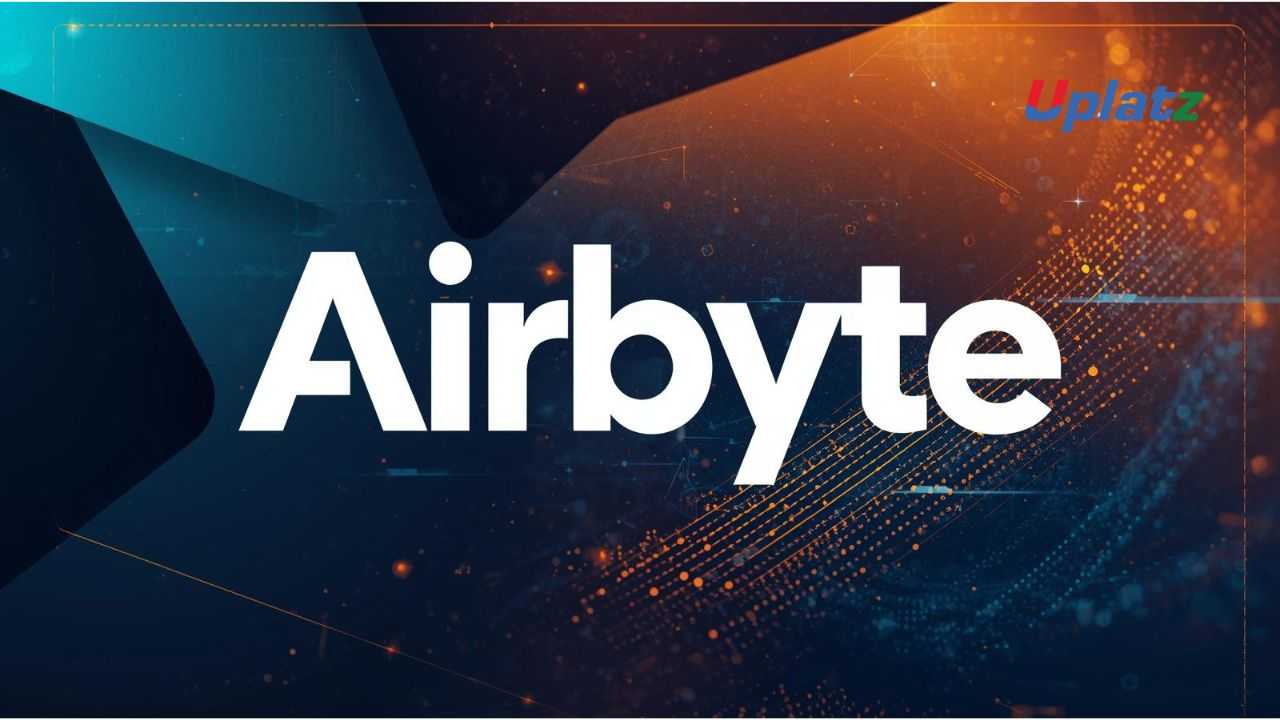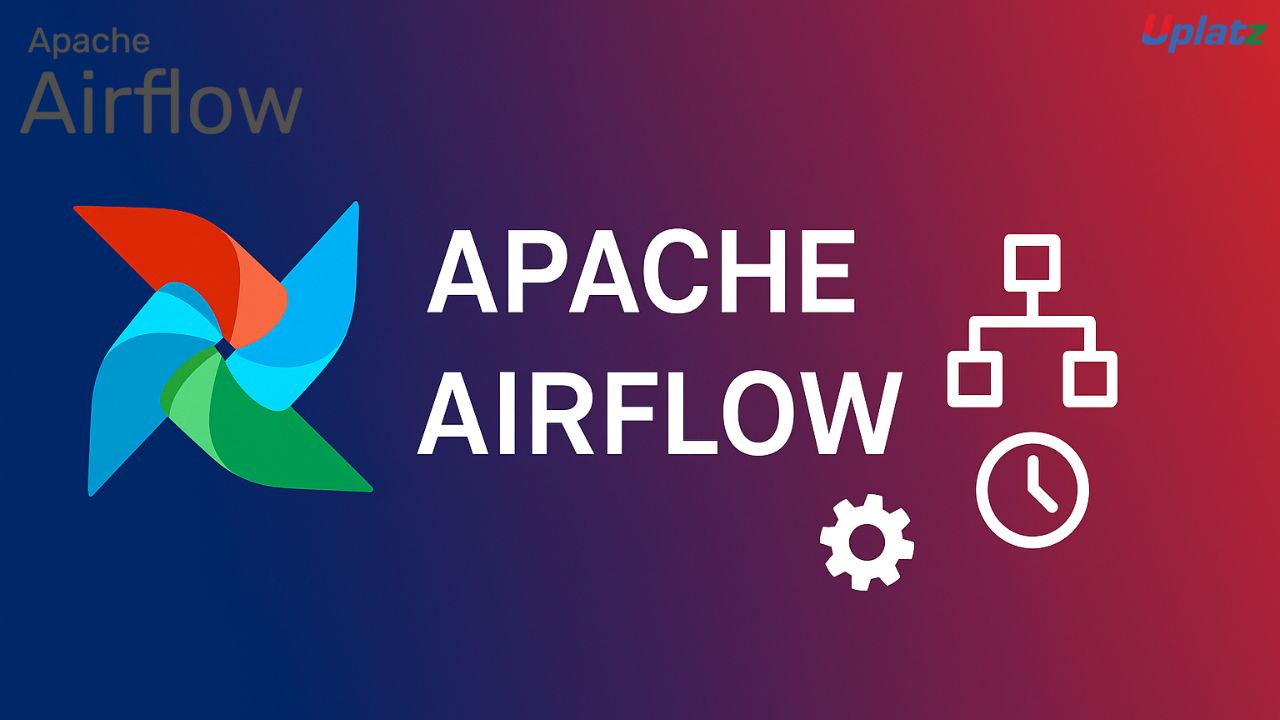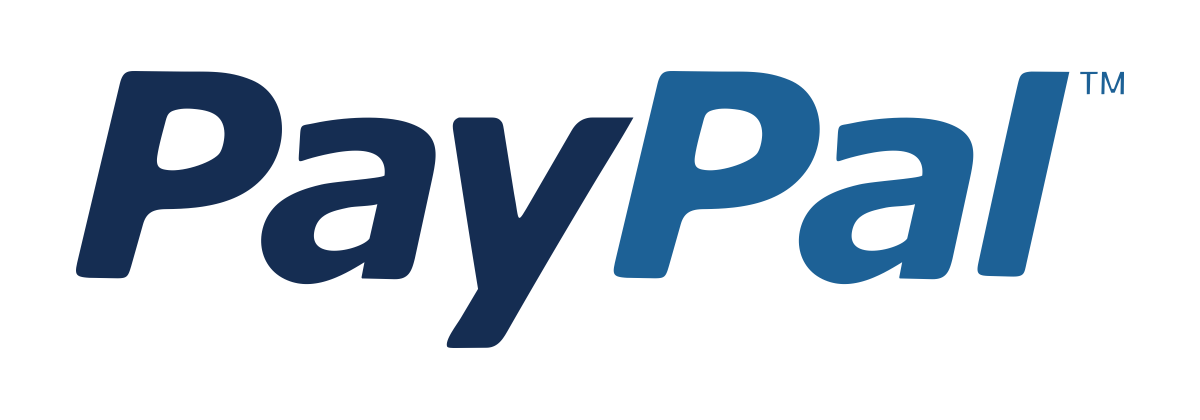Presidio
Master Microsoft Presidio to detect, classify, anonymize, and protect sensitive data across enterprise applications, data pipelines, and AI systems. Price Match Guarantee
Full Lifetime Access
Access on any Device
Technical Support
Secure Checkout
Course Completion Certificate
Price Match Guarantee
Full Lifetime Access
Access on any Device
Technical Support
Secure Checkout
Course Completion Certificate
 97% Started a new career
BUY THIS COURSE (
97% Started a new career
BUY THIS COURSE (GBP 12 GBP 29 )-
 86% Got a pay increase and promotion
86% Got a pay increase and promotion
Students also bought -
-

- Airbyte
- 10 Hours
- GBP 12
- 10 Learners
-

- Prefect
- 10 Hours
- GBP 12
- 10 Learners
-

- Apache Airflow
- 10 Hours
- GBP 12
- 10 Learners

As data becomes the backbone of digital businesses, organizations collect and process massive volumes of personal, financial, behavioral, and operational information. Along with this growth comes the critical responsibility to safeguard sensitive data — especially personally identifiable information (PII). Regulations like GDPR, CCPA, HIPAA, PCI-DSS, and global privacy standards demand automated, scalable systems to detect, redact, and manage sensitive information across data stores, logs, documents, databases, applications, and machine learning pipelines.
Microsoft Presidio has emerged as a powerful open-source framework designed specifically for PII discovery, anonymization, and privacy engineering. It provides a modular, extensible system to identify sensitive data using NLP models, patterns, validation logic, and contextual signals. Presidio enables developers, data engineers, and ML teams to protect privacy without slowing down analytics, training pipelines, or product delivery.
The Presidio course by Uplatz offers a complete, hands-on exploration of how to build automated privacy workflows using Presidio’s Analyzer, Anonymizer, and Workflow Engine. You will learn how to detect a wide range of PII entities such as names, phone numbers, addresses, emails, credit card numbers, patient information, national IDs, financial identifiers, geo-coordinates, and custom domain-specific entities. The course also covers anonymization strategies including masking, redaction, hashing, encryption, pseudonymization, and custom anonymization operators.
This course begins with an in-depth introduction to data privacy engineering and the role of Presidio in modern enterprise pipelines. You will explore Presidio architecture, including its microservice-based structure, AnalyzerEngine, AnonymizerEngine, NLP model integration (spaCy, Stanza, Transformers), recognizers, validators, and supported operators. The course also explains how to extend Presidio with custom NLP models, custom recognizers, and specialized entity detection rules for healthcare, finance, telecom, government, and other domain-specific needs.
A major focus of the course is real-world implementation. You will learn to integrate Presidio into applications, ETL pipelines, streaming systems, and machine learning workflows. Practical examples include:
-
Protecting sensitive logs in web applications
-
Redacting PII before storing data in analytics platforms
-
Anonymizing training datasets for ML projects
-
Scrubbing documents for audits, compliance, and governance
-
Masking sensitive fields before sharing datasets with vendors or researchers
-
Securing user-submitted forms, messages, and chat logs
The course also explores Presidio in large-scale environments, including Docker-based microservices, REST APIs, serverless deployments, and Kubernetes clusters. You will learn how to configure scalable anonymization services, apply caching, tune performance, manage recognizers, and integrate Presidio with your existing data stack.
Presidio’s modularity makes it ideal for modern data engineering. You will learn how to:
-
Embed Presidio in Airflow, Prefect, and Dagster pipelines
-
Use Presidio for PII detection in Airbyte-sync data
-
Pre-process data for Snowflake, BigQuery, Databricks, or S3 storage
-
Sanitize documents before vectorizing them for LLM-based applications
-
Protect privacy in RAG (Retrieval-Augmented Generation) pipelines
Additionally, the course covers compliance and governance. You will explore how Presidio supports GDPR requirements such as data minimization, pseudonymization, right-to-erasure workflows, and controlled data sharing. You will also learn how to document anonymization steps for audits and regulatory checks.
With hands-on labs, real-world case studies, and step-by-step implementation strategies, this course prepares you to build enterprise-grade privacy and anonymization systems that scale.
🔍 What Is Presidio?
Presidio is an open-source framework for PII detection, classification, and anonymization. It uses NLP models, pattern-based recognizers, and contextual validation to find sensitive data across text, images, audio, and documents.
Key features include:
-
PII discovery (names, emails, phone numbers, IDs, financial data)
-
Automatic anonymization (masking, hashing, redaction)
-
Custom recognizers for domain-specific data
-
API-ready microservices
-
Support for spaCy, Stanza, and transformer-based models
-
Easy integration into ML pipelines, ETL workflows, and applications
⚙️ How Presidio Works
Presidio operates through three major components:
1. Analyzer Engine
-
Identifies sensitive entities
-
Uses NLP models, regex patterns, and logic-based recognizers
-
Assigns confidence scores
-
Supports contextual detection
2. Anonymizer Engine
-
Applies transformations like:
-
Masking
-
Redaction
-
Encryption
-
Hashing
-
Tokenization
-
Pseudonymization
-
3. Customization & Extensions
-
Add new entity types
-
Build custom recognizers
-
Train specialized models
-
Integrate transformers for higher accuracy
🏭 Where Presidio Is Used in Industry
Presidio is widely adopted in:
Tech & Cloud Companies
Sanitizing logs, request payloads, support tickets.
Finance & Banking
Protecting account numbers, card data, transaction logs.
Healthcare
HIPAA-compliant redaction of patient data.
Telecommunications
Scrubbing customer data before analytics.
Government & Public Sector
Handling citizen data securely.
AI & LLM Workflows
Cleaning datasets before fine-tuning or embeddings.
🌟 Benefits of Learning Presidio
-
Ability to detect and anonymize PII at scale
-
Essential for privacy engineering roles
-
Builds compliance skills (GDPR, CCPA, HIPAA)
-
Works seamlessly in modern data stacks
-
Enables secure AI and ML development
-
High demand in regulated industries
📘 What You’ll Learn in This Course
-
Presidio architecture and core components
-
Installing and running Presidio via CLI, Docker, Kubernetes
-
Detecting PII across text, images, and documents
-
Using built-in recognizers and creating custom ones
-
Applying anonymizers for masking, hashing, encryption
-
Integrating Presidio with:
-
Airflow
-
Prefect
-
ETL pipelines
-
Data lakes and warehouses
-
-
Applying Presidio for AI/LLM dataset sanitization
-
Building API-based anonymization services
🧠 How to Use This Course Effectively
-
Start with basic PII detection tasks
-
Practice anonymizing sample datasets
-
Experiment with custom recognizers
-
Integrate Presidio into simple pipelines
-
Scale deployments using Docker/Kubernetes
-
Complete the capstone: build a full anonymization microservice
👩💻 Who Should Take This Course
-
Data Engineers
-
AI/ML Engineers
-
Privacy Engineers
-
Cloud Engineers
-
Security Professionals
-
Developers working with sensitive datasets
🚀 Final Takeaway
Presidio empowers organizations to meet global privacy standards while continuing to innovate with data. By mastering Presidio, you gain the ability to detect and anonymize sensitive information automatically, enabling safe analytics, responsible AI development, and compliant data operations.
By the end of this course, learners will:
-
Detect PII using Presidio Analyzer
-
Apply anonymization using built-in operators
-
Build custom recognizers and custom anonymization rules
-
Integrate Presidio into ETL and ML pipelines
-
Deploy Presidio using Docker and Kubernetes
-
Build secure data workflows aligned with privacy laws
Course Syllabus
Module 1: Introduction to PII & Privacy Engineering
-
What is PII?
-
Compliance: GDPR, HIPAA, CCPA
-
Why Presidio?
Module 2: Presidio Architecture
-
Analyzer Engine
-
Anonymizer Engine
-
NLP Model Integrations
Module 3: Installing & Running Presidio
-
CLI
-
Docker
-
REST APIs
Module 4: PII Detection
-
Built-in recognizers
-
Confidence scores
-
Custom detection rules
Module 5: PII Anonymization
-
Masking
-
Hashing
-
Encryption
-
Redaction
Module 6: Custom Recognizers
-
Pattern recognizers
-
Model-based recognizers
-
Domain-specific entities
Module 7: Pipeline Integration
-
ETL workflows
-
Airflow
-
Prefect
-
Streaming systems
Module 8: Presidio for AI & LLM Workflows
-
Dataset sanitization
-
Text embedding cleaning
-
RAG privacy
Module 9: Deployment
-
Docker Compose
-
Kubernetes
-
Scaling Presidio
Module 10: Capstone Project
-
Full anonymization service
Upon completion, learners receive a Uplatz Certificate in Privacy Engineering with Presidio, demonstrating skills in automated PII detection, anonymization, compliance, and secure data processing.
Skills from this course support roles such as:
-
Privacy Engineer
-
Data Engineer (Privacy)
-
AI/ML Engineer
-
Data Governance Specialist
-
Cloud Security Engineer
-
Compliance-focused Developer
1. What is Microsoft Presidio?
Presidio is an open-source framework for detecting, classifying, and anonymizing PII (Personally Identifiable Information) in text, audio, images, and documents.
2. What problem does Presidio solve?
It automates privacy protection by identifying sensitive information and applying anonymization techniques such as masking, redaction, hashing, and encryption.
3. What are the main components of Presidio?
-
Analyzer Engine: Detects PII entities.
-
Anonymizer Engine: Applies transformations to hide or protect the PII.
-
Recognizer Registry: Stores built-in and custom recognizers.
4. What is a Recognizer in Presidio?
A recognizer is a rule, pattern, NLP model, or validation logic that identifies specific types of PII (e.g., emails, phone numbers, credit card numbers).
5. How does Presidio detect PII?
By combining:
-
NLP models (spaCy, Stanza, Transformers)
-
Regex patterns
-
Contextual keywords
-
Confidence scoring logic
6. What anonymization methods does Presidio support?
Masking, redaction, hashing, encryption, tokenization, replacement, and custom anonymization rules.
7. How do you create a custom recognizer in Presidio?
You define:
-
A name
-
Patterns (regex) or ML models
-
Confidence logic
Then register it with the Recognizer Registry.
8. Can Presidio work with custom NLP models?
Yes. You can integrate custom spaCy models, Hugging Face transformer models, and domain-specific NER models.
9. What is the difference between detection and anonymization?
-
Detection: Identifying where PII exists.
-
Anonymization: Modifying the detected PII to protect it.
10. How does confidence scoring work?
Each entity is assigned a score based on:
-
Pattern match strength
-
Context words
-
NLP model accuracy
Entities above the threshold are considered valid detections.









